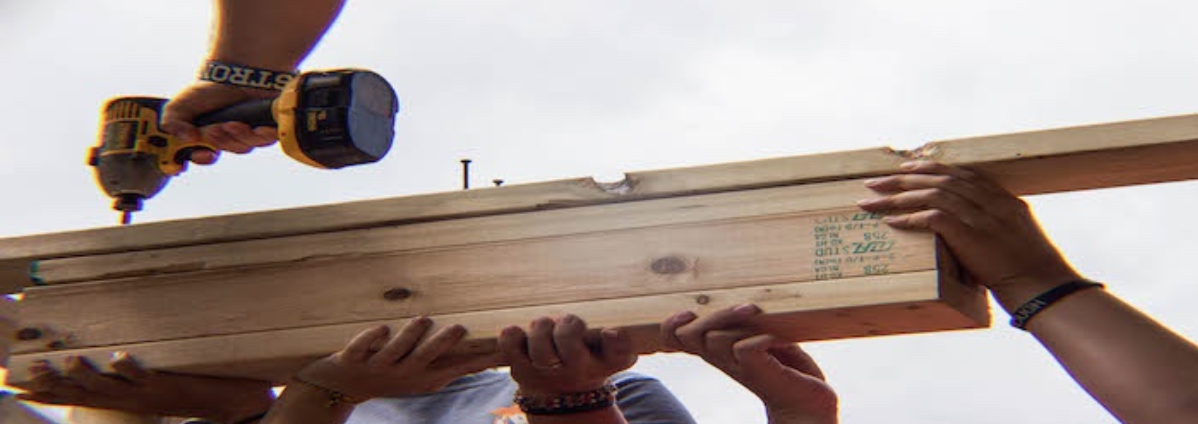Balancing Our Faith
Students Working in the Clarify Program - Ashevile, North Carolina.
Balancing our Faith
Discipleship as a Three-Legged Stool, Week 1
by Adam White
When I was thirteen, I had to create a bridge out of balsa wood for a science class and test how much weight it could hold. As my dad and I were making the bridge I kept thinking how flimsy and weak the wood was. Thankfully, my dad is a structural engineer. Once we were done, the bridge held over 25 pounds! Our faith is similar to a well-built bridge: it requires careful precision and thoughtful detail.
Just like a craftsman building a bridge, the pieces we choose to create our own framework and how we carefully connect those pieces influence the balance and sustainability of our faith. We call this interplay of intentionality and practice discipleship formation.
Let’s imagine disciple formation as a three-legged stool. The flat part of the stool you sit on is doctrine. The three legs that support the seat are sets of practices. One leg is a set of practices called prayer. Another leg is a set of practices called hospitality. The third leg is a set of practices called justice. The entire stool is able to support the weight of human life individually and corporately when all the pieces are in place.
Practically though, what does this look like? A first step to building a three-legged discipleship-formation stool (patent pending) is to discern what the core beliefs you have as a community of faith are and list how those beliefs can be practiced consistently in life giving ways.
This is where a “rule of life” can be helpful. A good rule of life, such as the Rule of St. Benedict or the one used by the various Missional Wisdom communities, is a supportive structure that helps us learn essential faith practices together with their theological foundations. Living in a rule of life community helps us remember to be attentive to many ways of praying, the theology and practice of hospitality on many levels, and the theology and practice of justice in many contexts.
By following a rule of life together, and having covenant accountability in small groups for how we are following it, we have ongoing opportunities to build a strong, solid three-legged stool of discipleship. If we take a step back and look at the narrative of the Christian movement over the centuries, we can find many who used a rule of life or covenant groups woven into this story:
In the eighteenth-century John Wesley and the early Methodists called these groups “classes and bands.”
This kind of group was the backbone of the seventeenth-century German Lutheran Pietist movement promoted by Phillip Jacob Spener in his manifesto, Pia Desideria.
Scottish and English religious dissenters of the sixteenth and seventeenth centuries also had such groups, called “conventicles.”
In Latin American Catholic contexts similar groups became common in the mid-twentieth century and were called Base Communities and were shaped by liberation theology.
As we study these groups we are inspired and challenged by our common missional heritage. How will our missional stories of faith teach future generations? The idea behind all of these communities is that ordinary Christians are meant to live a radical life of discipleship that involves not just what we believe intellectually, but how we practice prayer, hospitality, and justice with one another. Our collective missional heritage shepherds us to embrace radical discipleship in Christ by intentionally making room to serve with one another in community.
Invitation to Missional Mindfulness:
The marks of Missional Wisdom’s Rule of Life are Prayer, Presence, Gifts, Service, and Witness. Take a moment and think about what marks would be included in your Rule of Life. How would they shape and inform your daily rhythm of faith as you love God and neighbor?
Reference:
[1] Adapted from Elaine A. Heath and Larry Duggins, Missional, Monastic, Mainline, (Eugene: Cascade, 2014).

